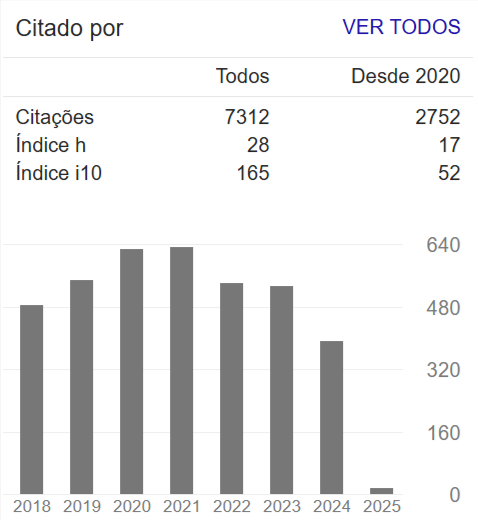Potential Benefits of ISCR as Evidenced by 1,2-DCA Experiences
Resumo
Treatment of 1,2-DCA with either i) ZVI only, or ii) sources of carbon only typically yields limited or incomplete degradation. The Gibb’s free energy value reported for reductive dechlorination of 1,2-DCA is -36.2 kJ/electron, which is lower than for any other reaction involving reductive dechlorination of solvents and thus indicates that 1,2-DCA theoretically degrades only at a relatively low redox potential. Hence, the persistence of 1,2-DCA in the presence of ZVI is not well understood, whereas recalcitrance to biotic degradation may be explained (in part) by the relatively low levels of energy microbes derive from reducing 1,2-DCA into chloroethane.
As defined herein, in situ chemical reduction (ISCR) describes the synergistic effect of combining ZVI (or other reduced metals) with an organic carbon substrate to significantly lower the redox state of an aquifer. By using 1,2-DCA as an example compound, this presentation will show how the use of ISCR reagents may be used as an alternative approach to enhanced reductive dechlorination (ERD)/anaerobic bioremediation or other related technologies to possibly facilitate the removal of persistent compounds.
Results from laboratory column studies show that 1,2-DCA degradation rates significantly improved over time and were correlated with ORP reduction. Removal rates increased from 96% measured after 35 days to 99.9% after 223 days (in-flowing concentration of 24 mg/L 1,2-DCA). Furthermore, a reduction in chloroethane (CA) conversion rates was observed over time: a 100% molar conversion CA was observed after 35 days, after 64 days the molar ratio of CA was reduced to 42 %, and after 223 days there were no detection of CA in the column effluent. These data suggest that, over time, i) 1,2-DCA was degraded through an alternative pathway that did not involve CA and/ or, ii) the CA degradation rates also improved to a point where it was fully degraded within the column. These observations suggest some sort of microbial adaptation and therefore suggest a strong biological component to the removal process.
At a field Site in Italy, over 99% removal of 1,2-DCA was observed with 1,2-DCA being reduced from a maximum concentration of 691 mg/L to 0.61 mg/L after 270 days. No consistent removal was observed until after approximately 100 days. ORP values were below -300 mV at all locations following ca. 85 days and reached its lowest value of -459 mV after 168 days. At another field Site in China, from 67% to 99% removal of 1,2-DCA was observed, being reduced from a maximum starting concentration of 1,750 mg/L. Strongly reducing conditions were also observed at this site, with ORP ranging from -161 mV to -355 mV and an increase in sulfide suggesting sulfate reducing conditions.

















